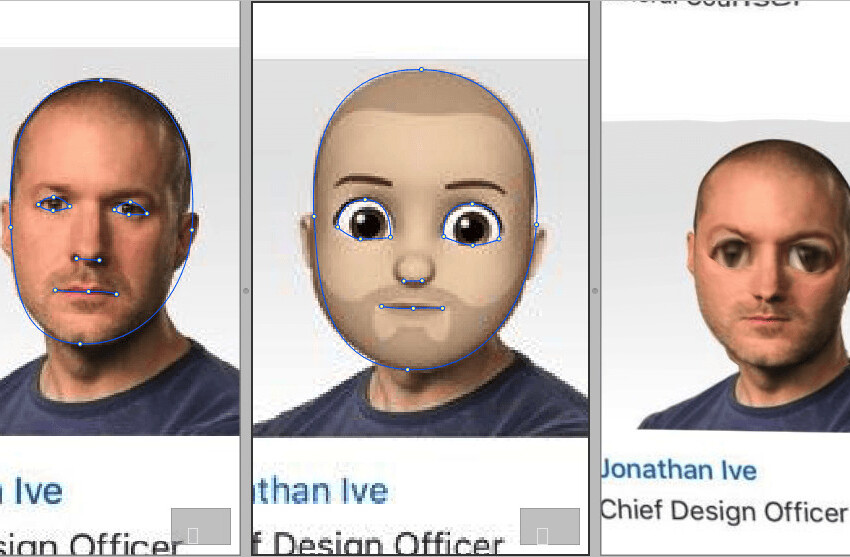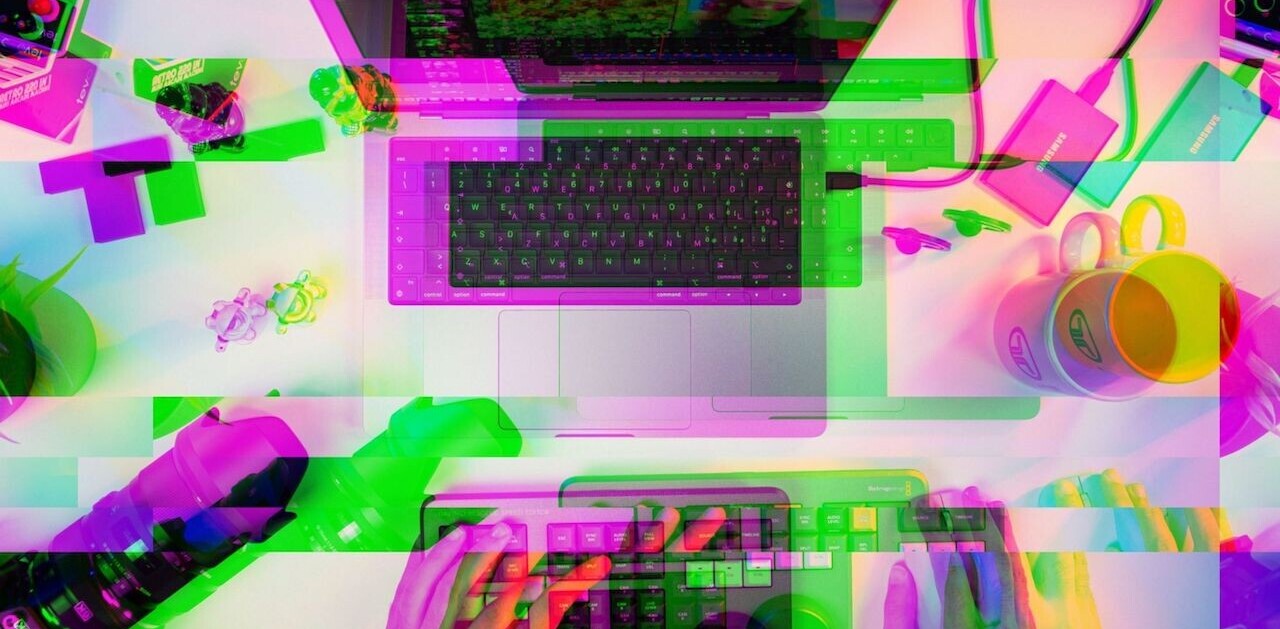
Benjamin Spall is a professional copywriter, a writer on sleep and healthy habit formation, and a curator of inspiring morning routines at mymorningroutine.com.
Whether you consider yourself an early bird or a night owl, all of us have to wake up, and as such we can all benefit from cultivating a healthy morning routine.
Though famous writers, poets, playwrights, and painters through the ages had to make do with a mostly-analog morning routine, as told by Mason Currey in Daily Rituals: How Artists Work, today we have access to a wide range of technology that can both help and hinder our mornings.
When consciously working to create your morning routine, the key is in creating a routine that you, and more importantly, your brain, will actually look forward to performing every morning.
Negative News
For most of us, when we wake up in the morning (assuming we’ve had a good night’s sleep) we’re in the most relaxed state we’ll be in all day.
For this reason, picking up our phone and checking our email the moment we wake up is only a couple marks short of insanity. Rather than allowing ourselves to enjoy this relaxed state, we’re instantly pulling our brain into the stresses and negativity of work mode.
The same is true if we immediately check Facebook or Twitter. Though both of these networks can bring positive experiences at other times of the day; if we scroll through them the moment we wake up we’ll fill our brains with a social noise that’ll snap us out of our relaxed state almost immediately.
The consistent consumption of news media has been linked to increased unhappiness; and starting the day unhappy is the last thing any of us want.
On My Morning Routine we ask each of our weekly interviewees how soon they check their phone in the morning. More often than not, the answer is ‘immediately,’ with most stressing their wish to break this habit.
As an alternative to checking email and social media the moment you wake up, consider taking Jason Zook’s example. Zook, who spoke of his ‘weird’ morning in Inc. earlier this year recognized that he wasn’t going to stop keeping his phone beside his bed any time soon, so he instead chose to change the experience he’s greeted with every morning;
“I removed the Facebook and Twitter apps and moved the mail app to the second page. When I open my phone, one of the only app icons I click is Instagram. Why Instagram? Because it’s a selective feed of photos of friends, family, beautiful people, cars, landscapes, puppies, and more. I can’t remember the last time something showed up in my Instagram feed that was negative.”
Alarms and Snooze Buttons
First coming into common use in 1959 as a rocking-lever above a conventional alarm clock, the snooze button has fought its way into bedrooms around the world ever since; yet it’s arguably terrible for us.
When we’re sleeping, our body naturally prepares us for the day ahead an hour before it expects us to wake up. Our sleep becomes lighter as cortisol and dopamine are released and our body temperature rises.
If we reach across to hit the snooze button the moment our alarm sounds, we may fall back into deep sleep, which will make waking on our alarm’s second, third, or fourth attempt more painful.
Comedian Jim Gaffigan has a great bit mocking the snooze button:
That’s why there’s the snooze bar. Nothing like starting off the day with a little procrastination. As my first decision of the day… I will go back to sleep.
Alarm clocks themselves can also be harmful, as should they wake us during a period of deep sleep we’ll experience sleep inertia; that feeling of grogginess we sometimes feel upon waking (which has nothing to do with how long you slept, and everything to do with at what point during your sleep cycle you woke up).
Waking up to an alarm is, however, necessary for the majority of us, but we can reduce our chance of having to rely upon our alarm by setting it to wake us up as late as possible, while still providing us with enough time to perform our morning routine before leaving for work.
When you stick to this time consistently you’ll get into the habit of waking a few minutes before your alarm sounds; yet it’ll still be there to prevent you from oversleeping.
From the point of view of more modernized tech, you may wish to consider the Sleep Cycle alarm clock app. Sleep Cycle is a super-cheap (.99¢) app for iPhone and Android that uses the accelerometer inside your phone to detect your movements as you sleep. It then uses this data to wake you at the optimal time in your ‘wake up phase’ which you can set to be between 90 and 10 minutes long, allowing you to avoid sleep inertia.
Lack of Direction
I’ve written before on the importance of stacking habits to improve your chances of sticking to a morning routine. This idea, and others like it, are vitally important in helping us remain undistracted in the mornings, as the lure of technology threatens to pull us in.
For whatever positive habit you wish to start making a part of your morning routine, consider following Jerry Seinfeld’s “Don’t break the chain” productivity mantra, whereby Jerry places a big red X on his wall calendar every day he writes a new joke. Before long, you won’t want to break the chain.
Rather than allowing yourself to become distracted by social media, television, and other consumptive forms of media first thing in the morning, choose to make technology your friend and ally. Instead of a wall calendar, Coach.me (formerly Lift), a free app for iPhone and Android, allows you to check off any number of activities you complete each day, from the monotonous (stretch) to the career focused (work on secret project).
Each time you complete a daily task, the app will congratulate you on how many days in a row you’ve completed.
The same benefits can be achieved by pushing ourselves physically by competing against our prior performances. Have you been trying to force yourself to exercise before work every morning? The health benefits of even small amounts of daily exercise are widely agreed, which is why utilizing the gamification element of exercise apps (there are hundreds out there; take your pick) is a great way to allow technology to offer you a direction in the mornings.
It may take a while, but when you combine beating your best time with keeping a consistent daily exercise streak, chances are you’ll soon find the internal motivation you need.
Takeaway
Despite the evidence against it, technology really can become a healthy part of our morning routine, if only we’ll allow it. When we ditch negative news, stop hitting the snooze button, and allow tech to bring some direction to our mornings we can finally start to cultivate a healthy morning routine that we’ll actually look forward to performing every morning.
How about you? What healthy uses of technology in your morning routine do you live by, or what unhealthy tech habits have you been meaning to break?
Read Next: How to put an end to workload paralysis
Get the TNW newsletter
Get the most important tech news in your inbox each week.









